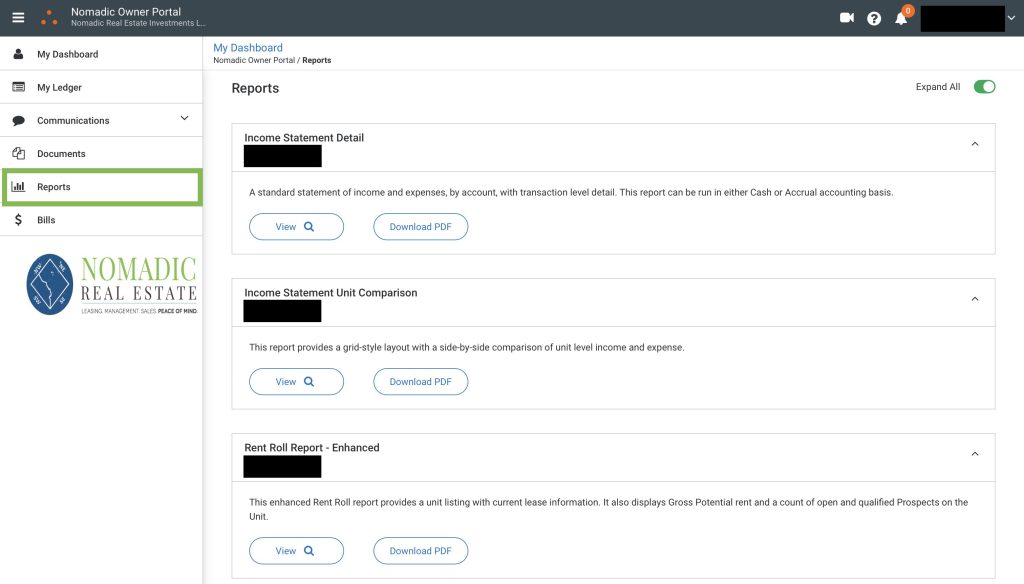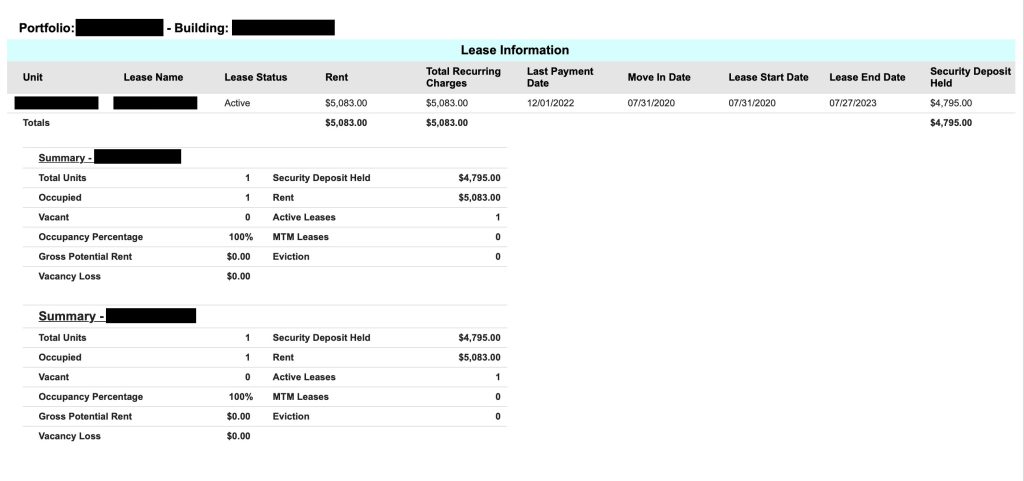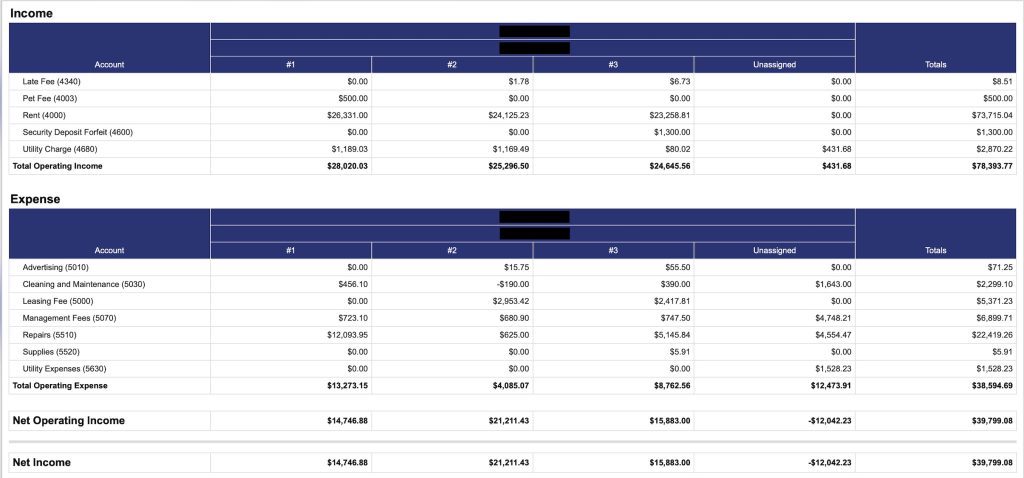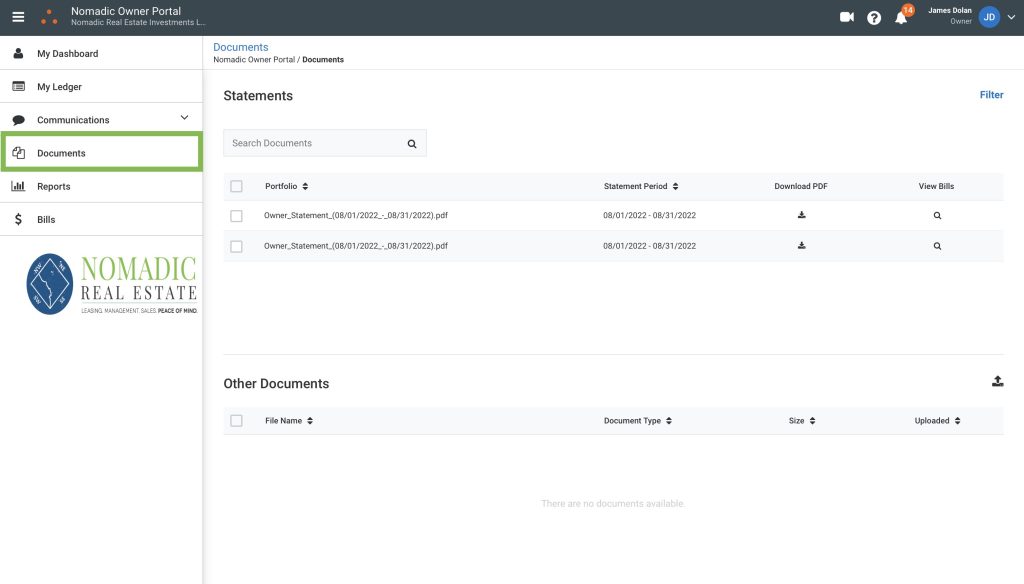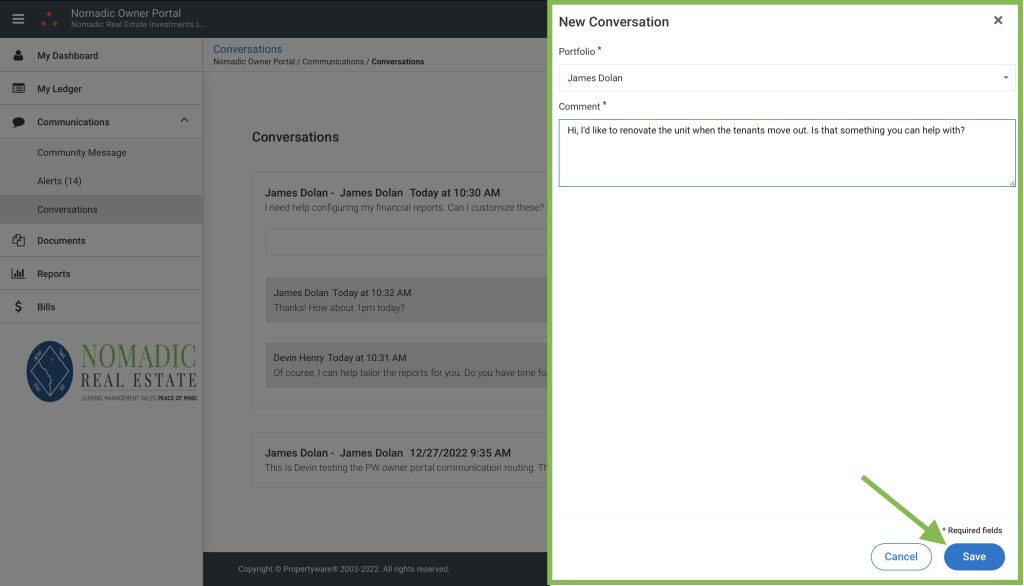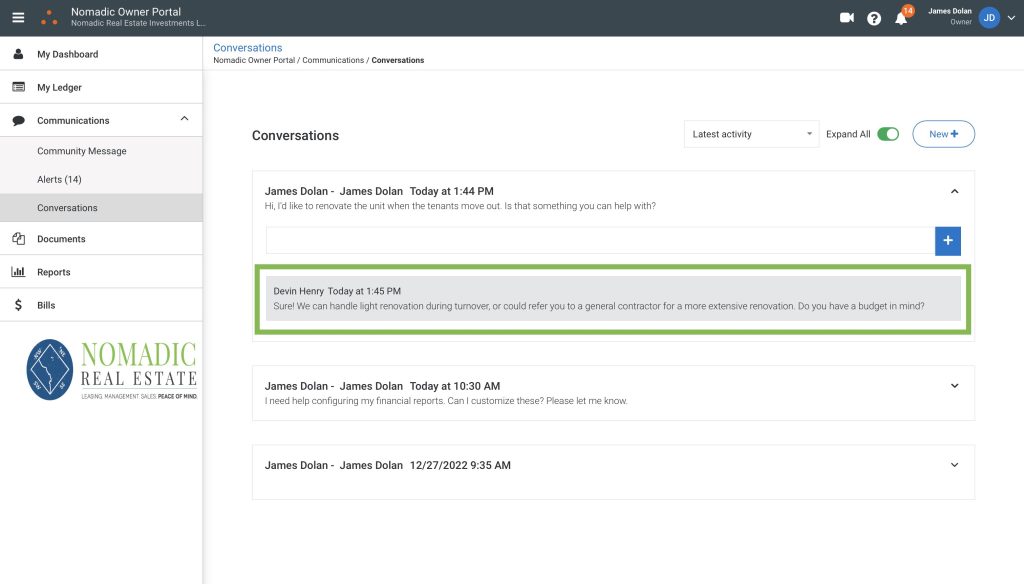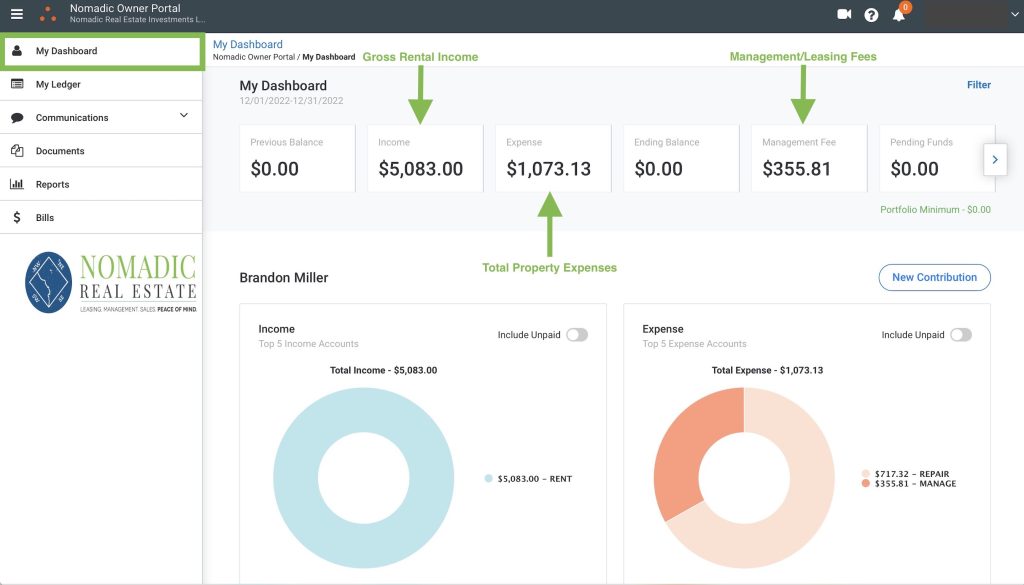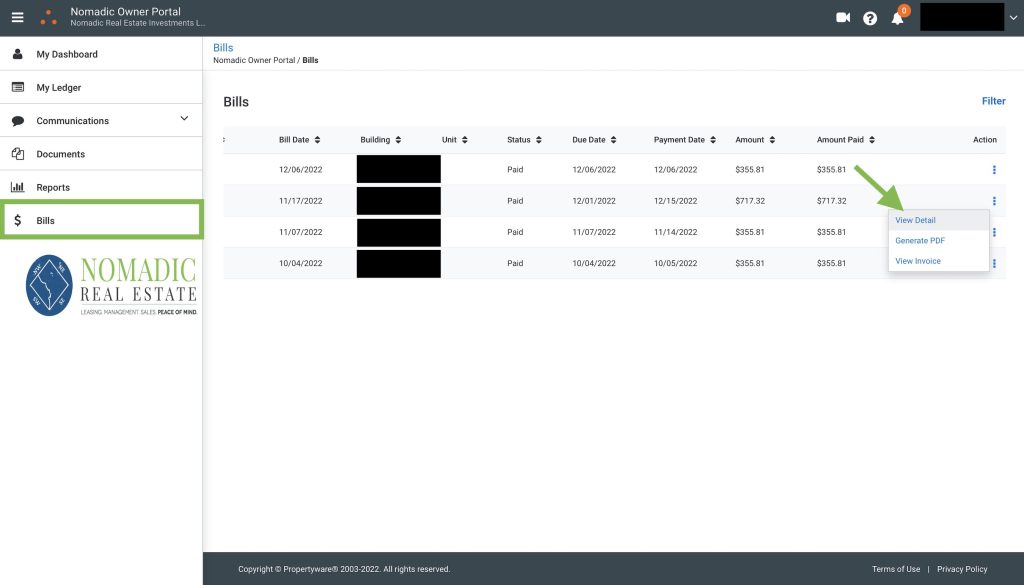Understanding lease addendums can be challenging, especially for those unfamiliar with rental agreement terminology. If you’ve encountered the phrase “addendum to the lease agreement” and are unsure of its implications, you’re not alone. A lease addendum is a formal modification to an existing lease agreement, addressing various aspects that may affect your tenancy.
This article aims to demystify lease addendums, providing a comprehensive overview of their purpose and significance. We’ll explore how these amendments clarify responsibilities and rights, fostering equitable rental agreements between landlords and tenants.
For both property owners and tenants looking for seamless lease management and comprehensive property oversight, seeking property management services can provide expert guidance and dedicated support throughout the entire rental process.
Key Takeaways:
- Purpose: Lease addendums modify or clarify existing lease terms, addressing specific issues like pets, roommates, or parking.
- Common Types: Typical addendums include pet policies, maintenance duties, parking rules, and early lease termination options.
- Legally Binding: Once signed, addendums are as legally enforceable as the original lease.
- Compliance: Addendums must comply with local and federal laws, including Fair Housing regulations.
- Handling Disagreements: Open communication is key if tenants disagree with an addendum to find a mutually agreeable solution.
Why are Lease Addendums Used?
A lease addendum functions as a supplementary document to the primary lease agreement. It serves to modify, expand, or clarify specific terms and conditions not originally addressed or fully detailed in the main lease.
In the context of pet ownership, a lease addendum typically specifies permissible pet types and breeds, outlines associated deposits and fees, and establishes guidelines for pet behavior within the rental property. Property owners and managers utilize these addendums to introduce new provisions, update existing terms, or provide additional clarity on matters that may have arisen after the initial lease signing.
For instance, a lease addendum could address things like allowing pets, adding a roommate, or even installing a satellite dish. If there are any disagreements regarding specific terms within the addendum, try to find a mutually agreeable solution through open communication.
5 Common Lease Addendums
Here’s a breakdown of some situations when you’re likely to come across (or even need) a lease addendum:
1. Pet Addendum
When introducing a pet into a rental property, a pet addendum becomes an essential component of the lease agreement. This document outlines the property’s pet policies, including permitted animal types and breeds, associated financial obligations such as deposits or fees, and behavioral expectations for pets on the premises.
In the absence of a well-defined pet addendum, introducing an animal into the rental unit may constitute a violation of the original lease terms. It details each tenant’s obligations regarding rent payments, security deposits, and adherence to the established lease conditions in relation to pet ownership.
2. Roommate/Occupancy Addendum
Adding or removing a roommate always calls for a lease addendum. It clearly spells out each tenant’s responsibilities for rent payments, security deposits, and adherence to the lease terms. This addendum is crucial for protecting all parties involved.
3. Parking Addendum
This addendum specifies parking arrangements, such as assigned spaces, guest parking rules, or regulations related to RVs or boats. It specifies which tasks fall under the landlord’s domain and which tenants are accountable for.
4. Maintenance and Repair Addendum
This document clarifies the responsibilities for maintenance and repair tasks. It specifies which tasks fall under the landlord’s domain and which ones tenants are accountable for.
5. Early Termination Addendum
Life can take unexpected turns, requiring you to break your lease. The early termination addendum outlines the conditions under which you’re permitted to terminate the lease early, any associated fees, and procedures for finding a replacement tenant if allowed. Knowing your rights is especially important.
Is a Lease Addendum Legally Binding?
The short answer is yes, absolutely. Lease addendums hold the same legal weight as the original lease when all parties sign it. So, treat them with seriousness, fully understanding what you’re agreeing to.
A lease addendum is a distinct legal instrument that property owners or managers attach to the primary rental agreement. This supplementary document, created after the initial lease signing, modifies or expands upon the terms and conditions governing the landlord-tenant relationship.
This document becomes legally binding once both parties have signed it. Any changes outlined in the lease addendum effectively modify the initial agreement.
Landlords and tenants need to read these addendums carefully before signing. If there are any disagreements regarding specific terms within the addendum, try to find a mutually agreeable solution through open communication.
Important Legal Considerations for Lease Addendums
Several factors come into play when you’re dealing with the legal aspects of lease addendums:
Local Laws and Regulations:
Landlord-tenant laws can be very different depending on where you live. These laws could affect things like late fees, security deposit limits, or the conditions when a landlord might be able to enter a rental unit. So, make sure your lease addendum aigns with any applicable local laws in your city and state.
Fair Housing Laws
In the United States, the Fair Housing Act safeguards renters against discrimination by landlords. This act says that a landlord can’t discriminate against someone because of race, color, national origin, religion, sex (including gender identity and sexual orientation), familial status, or disability.
It is recommended that you consult with an attorney to make sure your lease follows both your state and federal Fair Housing laws.
What To Do If You Disagree With a Lease Addendum
Disagreeing with your landlord doesn’t necessarily have to turn into a battle. Open communication often works wonders.
If you spot something you don’t agree with, have an honest discussion with your landlord. It’s always better to work towards common ground where possible.
For issues regarding older properties, especially those concerning lead paint, reliable information and guidance on testing for and removing lead paint can be invaluable. If the property was built before 1978, seeking professional testing can provide insights into potential hazards.
Familiarizing yourself with local landlord-tenant laws, including specific requirements related to older properties like those potentially containing lead paint, is always a smart move.
FAQs About Lease Addendums
What does an addendum mean on a lease?
An addendum on a lease is a legal document that adds to or changes the original terms of a lease agreement. An addendum, when signed by all parties to the lease, is just as binding as the original lease document.
How do I write an addendum to an existing lease?
To write one, you’ll need to specify the parties, address, lease dates, and clearly detail the changes or additions you want to make.
Provide spaces for both the landlord and tenant to sign and date the addendum. Make sure the changes comply with local landlord-tenant laws, and it’s often wise to consult with a legal professional.
Is an addendum legally binding?
An addendum, when signed by all parties to the lease, is just as binding as the original lease document.
What should an addendum look like?
It’s wise to use a structured template. There are free online templates and also services, like PDFfiller, which let you edit, sign, and manage documents all in one place. Their platform integrates seamlessly with various applications and devices.
Understanding Lease Addendums for Landlords and Tenants
Lease addendums play a vital role in modifying existing rental agreements. By comprehending these legal instruments, both property owners and renters can better navigate their rights and responsibilities. This understanding fosters transparency and equity in the landlord-tenant relationship.
It’s crucial to familiarize yourself with local landlord-tenant regulations, including specific requirements for older properties, such as those potentially containing lead-based paint. When questions arise during your lease term, proactive communication is key to addressing and resolving issues efficiently.
For expert guidance on lease addendums and comprehensive property management services in the Washington, DC, Maryland, and Virginia area, contact Nomadic Real Estate today! Our team of professionals can help you navigate the complexities of rental agreements and ensure a smooth leasing experience!










